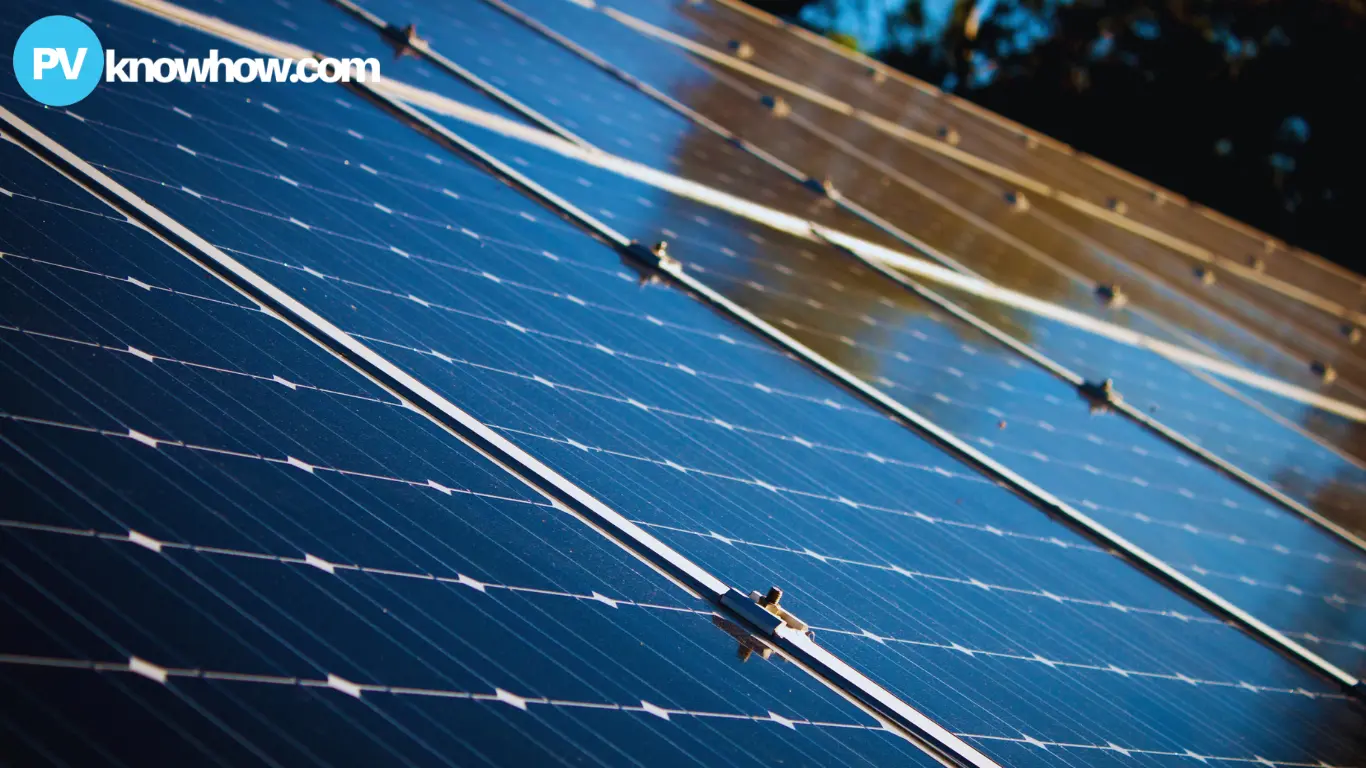The Federal Government of Nigeria plans to introduce a distributed solar power model in the northern states, creating independent solar energy systems for each state. This solar power model will reduce reliance on the national grid and improve reliable electricity access using the region’s abundant sunlight.
Introducing Solar Power Model
The Federal Government of Nigeria is set to revolutionize electricity supply in the northern states through the introduction of the distributed solar power model. This new approach aims to improve access to reliable and sustainable power in the region, capitalizing on the abundant sunlight. Adebayo Adelabu, the Minister of Power, announced the initiative after a meeting with President Bola Tinubu at the Presidential Villa in Abuja.

Bringing reliable electricity to northern states by introducing a distributed solar power model.
The distributed solar power model involves setting up solar-powered embedded utilities in each northern state. Each state will have its own solar energy system, reducing dependence on the national grid. This model is designed to ensure uninterrupted electricity supply by creating an independent power system for each state.
By doing so, it aims to increase energy efficiency and reliability for residents in the northern part of the country. Adelabu emphasized that the approach would enhance energy security by isolating each state’s power system from disruptions that may affect others.
Initial Rollout and Future Expansion
The Federal Government has already made significant progress in securing contractors and financiers for the project. These stakeholders are ready to install 100 megawatts (MW) of solar power in each of the 20 northern states. The rollout will begin with an initial capacity of 50 MW, which will later be scaled up to the full 100 MW.
Adelabu highlighted the importance of this solar power initiative for the North due to the region's advantage of abundant sunlight. The ample sunshine in the northern region makes it an ideal location for solar energy projects. This project is expected to leverage this natural resource to provide a reliable energy source that will meet the growing demand for electricity in the area.
The introduction of the distributed solar power model also aims to reduce pressure on Nigeria’s national grid, which currently struggles to meet the country’s electricity demands. By reducing the energy burden from northern states, the national grid can focus on other regions while the northern states will have a more stable and reliable electricity source.
The solar power model will supply energy to households, offices, institutions, and industrial clusters, ensuring comprehensive coverage. Educational and health institutions, which rely heavily on consistent power, will benefit greatly from this initiative. Industrial clusters — being major power consumers — will also experience improved productivity due to the reliable electricity access provided by the solar initiative.
A Cleaner, Brighter Future for Northern Nigeria
The initial 50 MW of solar power for each state will be enough to cover most of the activities and energy consumption in northern states. As the project progresses and the capacity is increased to 100 MW, it will further enhance energy access and support economic growth in the region. This project is not only about meeting current energy needs but also about preparing for future growth in demand.
Adelabu expressed optimism about the impact of the solar power scheme on the North. He believes that this initiative will transform the energy landscape in the region, providing a cleaner, more sustainable, and reliable power source for millions of Nigerians. With the solar power model, northern states will no longer be solely dependent on the national grid, and residents will benefit from a more consistent electricity supply.
The Federal Government’s introduction of the distributed solar power model marks a significant step forward in addressing Nigeria’s energy challenges. The project promises to deliver reliable and sustainable electricity to the northern states, reduce pressure on the national grid, and support the country’s shift towards renewable energy.
